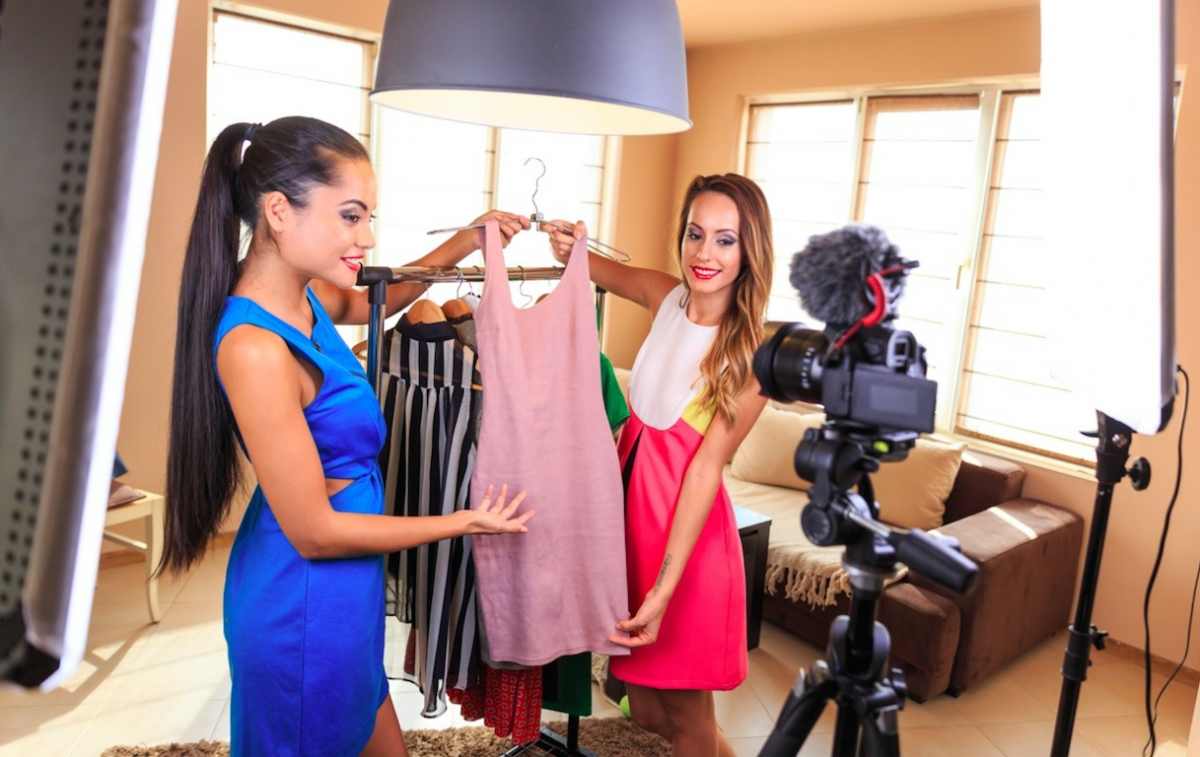Shop-Along Market Research
What is Shop-Along Market Research?
Shop-along research is a special type of one-on-one, in-depth interview which examines actual shopping behavior rather than behavior that is recalled and reported after the event.
Topic areas for discussion may be based on:
- The product: displays, shelving, signage, packaging, labeling, pricing and branding.
- The physical retail establishment: layout, lighting, maneuverability, and cleanliness.
- Personnel: availability and helpfulness of staff, sales people, and/or customer service.
Here are some specific questions —not all of which apply to each situation – that allow for interaction with consumers and deeper probing during the shopping process:
- Where do you begin? (Do you know where the product is located, or need to ask for assistance?)
- How easy is it/how long did it taketo find the product?
- Is it easy to navigate through the store?
- Are you distracted by anything along the way?
- Does the placement of the product make it stand out?
- What is the influence of a brand, a coupon or special price?
- Is the product easyto reach (and be picked up)?
- Does the package provide desired information (text and images) about the contents?
When to Use Shop-Along Research
The most common reason to use this method is to gain immediate, real time feedback from consumers where and when they are considering a purchase.
Although almost any shopping experience can be studied with this research technique, a few more common sites are:
- supermarket
- “big box” store
- retail store (e.g. Verizon, Home Depot)
- pharmacy
- shopping mall
- car showroom
How is a Shop-Along Conducted?

A trained qualitative researcher should be hired to observe and question what shoppers are seeing, thinking, and feeling about the shopping environment, the product and its category (including competition and alternatives).
- With input from the client, a discussion guide with primarily open ended questions will be developed.
- A recording device such as a smartphone or camcorder is generally used to capture video details of the shop-along for later analysis and sharing. In most cases a third person is needed to do this task – usually from the interviewer’s company; but it could even be the client, who can then observe up close, in real time.
Qualified users of a product or category or who frequent a targetedbusiness location need to be recruited. This can be accomplished at least two ways.
- Market Research companies typically have an existing panel for whom known demographics and purchase histories are known. An appropriate sample may then be further screened and contacted to participate in the research. Arrangements are made for the interviewer to meet the shopper at a designated time and place to begin the shop-along experience.
- On-site intercepts may be used to screen shoppers as they are entering a place where they plan to shop.
- Incentives: Cash is always a popular form of compensation, but for shop-alongs, gift cards or credits toward future purchases of the product may work as well.
As with other qualitative research methods, the sample size in shop-along research is limited. Rather than just projecting results to a general audience, it is a good idea to also analyze findings to gain insights for further exploration and testing.



